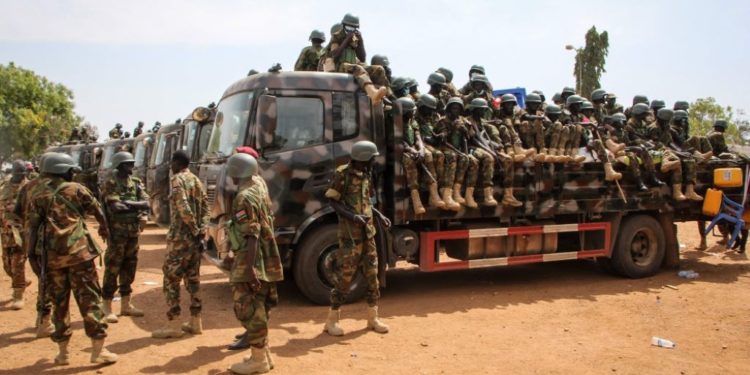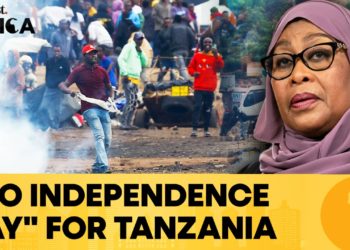Kenya, a long standing East African economic powerhouse with a vibrant economy driven by an expanding tech system, agriculture, manufacturing and tourism risks losing its prime position due to the significant political and security risks posed by her neighbors. According to the latest World Governance Index report by the World Bank in 2024, the majority of our neighbors were ranked as states with very low, low or medium political risks. A trend which if left unchecked may turn to be grave for Kenya’s economy as stability and economic progress are intricately intermarried. But, beyond the data, everything unfolds bare; the substantial political instability in the horn of Africa, internal strife in Ethiopia, the civil war in South Sudan to name a few.
For a decade, South Sudan, a key trade partner to Kenya has been undergoing challenges due to civil war with data from the African Development Bank stating that her economy received hits with up to highs of 37.5% GDP contractions. As a trade partner to Kenya, these blows get to Kenya too as Kenya suffers reduced exports to S. Sudan. Additionally, Kenya bears off the pressure on its budget for hosting South Sudanese refugees which are estimated to be up to 100,000 by the UN.
Somalia’s conflict with Al-shabaab also spills over to Kenya’s tourism industry and economy. The Dusit and other Al-shabaab staged attacks cost Kenya lives and Foreign Direct Investments of up to KES 180.0 billion in 2020 as investors cited insecurity as a risk as per the UNDP reports.
Infrastructural development which is key to economic development has also received setbacks courtesy of the instability in the region. In 2020 the Tigray conflict in Ethiopia disrupted the USD 3.0 billion LAPSET project that aimed to connect Kenya to her trade partners in the region, stalling Kenya’s trade ambitions.
Generally, The African Development Bank accounts for regional instability as one of the leading causes for Kenya’s missed economic opportunities with a 4.6% Q3’ 2024 caused by trade disruptions. Alarmingly new conflicts continue to emerge in the region with the recent Goma conflict in DRC which may turn to be costly to the Kenyan Economy in the long run. Efforts must therefore not be spared to stabilize the region and silence the guns as peace is crucial for Kenya’s economic growth.
















